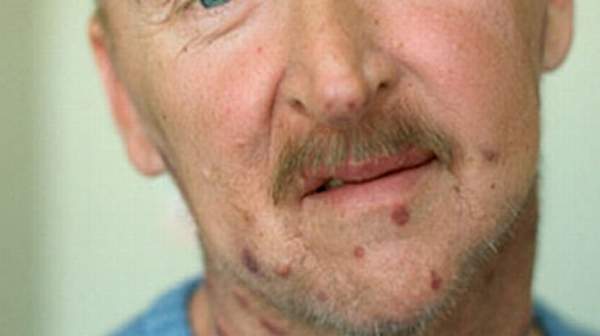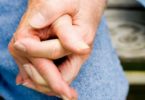What's in this article?
What is HIV?
HIV attacks the body’s immune system, specifically the CD4 cells (T cells), which help the immune system fight off infections. If left untreated, HIV reduces the number of CD4 cells (T cells) in the body, making the person more likely to get infections or infection-related cancers. Over time, HIV can destroy so many of these cells that the body can’t fight off infections and disease. These opportunistic infections or cancers take advantage of a very weak immune system and signal that the person has AIDS, the last state of HIV infection.
As HIV progresses, it attacks and destroys so many CD4 cells that the body can no longer fight off infection and disease. When this happens, the HIV infection can lead to the development of acquired immunodeficiency syndrome (AIDS). According to AIDS.gov, AIDS is the last stage of an HIV infection. It is life threatening. People with AIDS need medical treatment to survive.
The time is takes for HIV to progress to AIDS may be anywhere from a few months to 10 years or even longer. However, not everyone who has HIV will develop AIDS. HIV can be controlled with medication called combination antiretroviral therapy (cART).
This type of drug therapy can prevent the virus from replicating. While it can usually slow the progression of HIV and improve quality of life, treatment is most effective when it’s started early.
Look for early HIV symptoms in men
In general, the HIV symptoms that men will experience are not all that different to those found in women. Apart from vaginal or menstrual changes all the tell-tale signs are the same in men and women.
HIV symptoms can vary significantly between patients. No two HIV-positive men will have exactly the same experience.
In general, a man’s HIV infection will follow this general pattern:
- Acute illness: This may or may not occur. Around 70% of patients notice it. If this occurs, it is most liekly to happen 1-2 weeks post infection. Symptoms include fever, sickness and chills.
- Asymptomatic period: A long period of time (up to 10 years) in which you do not experience any symptoms.
- Advanced infection: A highly weakened immune system makes you susceptible to a number of different illnesses.
Since the initial HIV symptoms in men experience are subtle, they sometimes go unnoticed. Patients can experience a “flu-like” illness, days to weeks after infection with the virus. HIV symptoms in men include:
- fever
- swollen lymph nodes
- sore throat
- skin rash
- muscle soreness
- joint pain
- fatigue
- nausea/vomiting
- night sweats
Progressive infection
It may take up to 10 years or longer, but HIV may eventually break down your immune system. Once this happens, HIV will progress to AIDS, which is the last stage of infection. At this point, your immune system is severely damaged, making you more susceptible to opportunistic infections.
These are conditions that the body would normally be able to fight off, but that can be life-threatening to those infected with HIV. You may notice that you frequently get colds, flus, and fungal infections. You might also experience the following AIDS symptoms:
- nausea
- vomiting
- persistent diarrhea
- chronic fatigue
- rapid weight loss
- cough and shortness of breath
- recurring fever, chills, and night sweats
- sores in the mouth or on the genitals
- red, brown, or purplish lesions under the skin or inside the mouth or nose
- prolonged swelling of the lymph nodes in the armpits, groin, or neck
- memory loss, confusion, or neurological disorders
Lowering Risk of Getting HIV
You can reduce the risk of getting an HIV substantially by doing these things
- Use less risky sexual behavior: Anal sex is highly risky that is why Gays & Bisexuals got an HIV easily. Oral sex is less risky than vaginal sex.
- Use of condom lowers the risk of having HIV. Always use a condom when you have sex with a person whose status is unknown.
- Don’t sex with more than one people: Having sex with more than one people always put you at risk of having an HIV.
- Educate Yourself: Getting yourself educated about HIV risks and how you can reduce it, is the best way to prevent yourself against an HIV.
- Talk to your doctor about pre-exposure prophylaxis (PrEP): PrEP is a new HIV prevention method. People who don’t have an HIV can take a pill daily to reduce their risk of getting an HIV.
- Get tested for other STDs: If you’re sexually active, get tested at least once a year. Get tested for other STDs also and not only for HIV. You may go for a panel test that includes 10 tests for common sexually transmitted diseases.
- If your HIV partner to take HIV Treatment: If your partner is HIV+, ask your partner to be on antiretroviral therapy (ART).






Leave a Comment